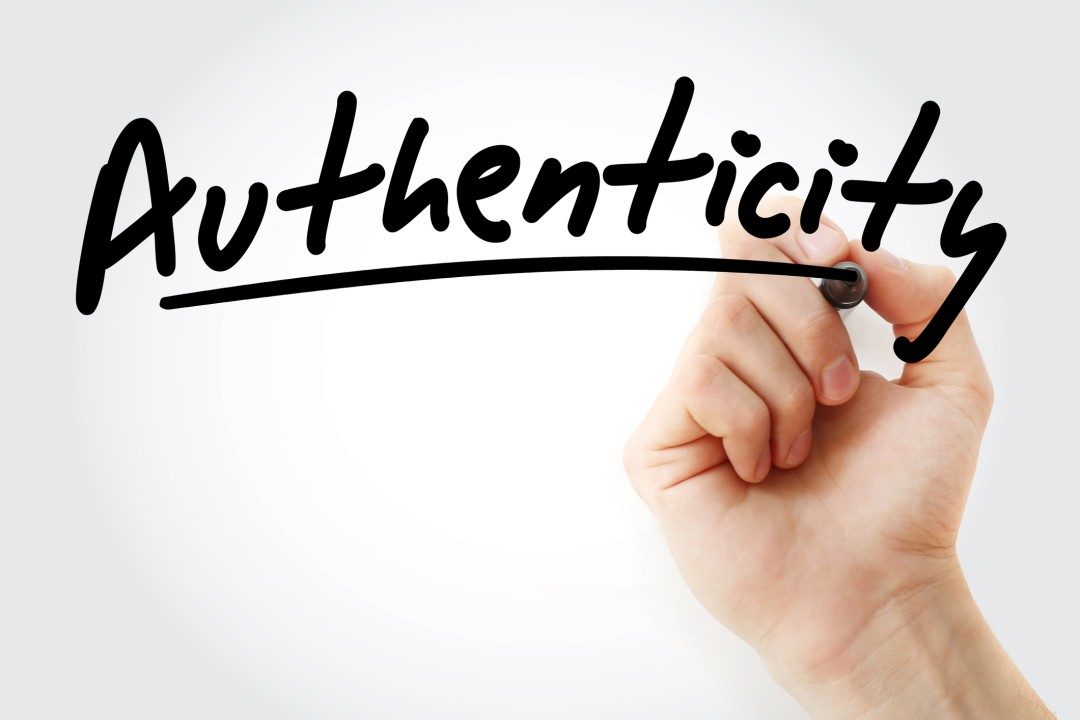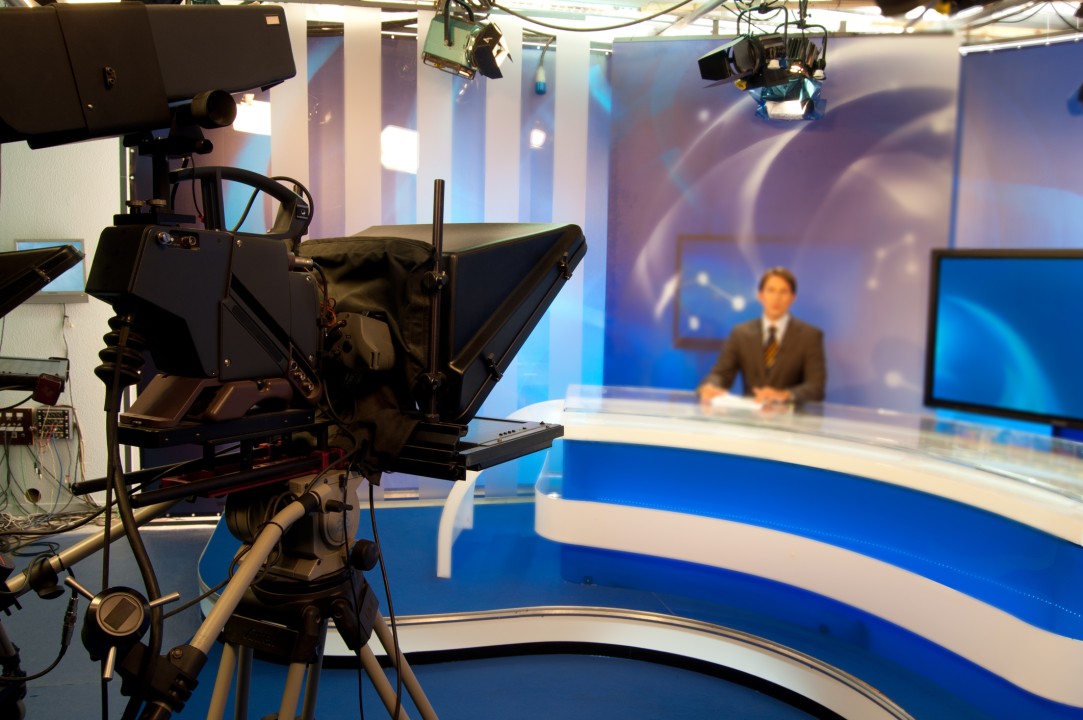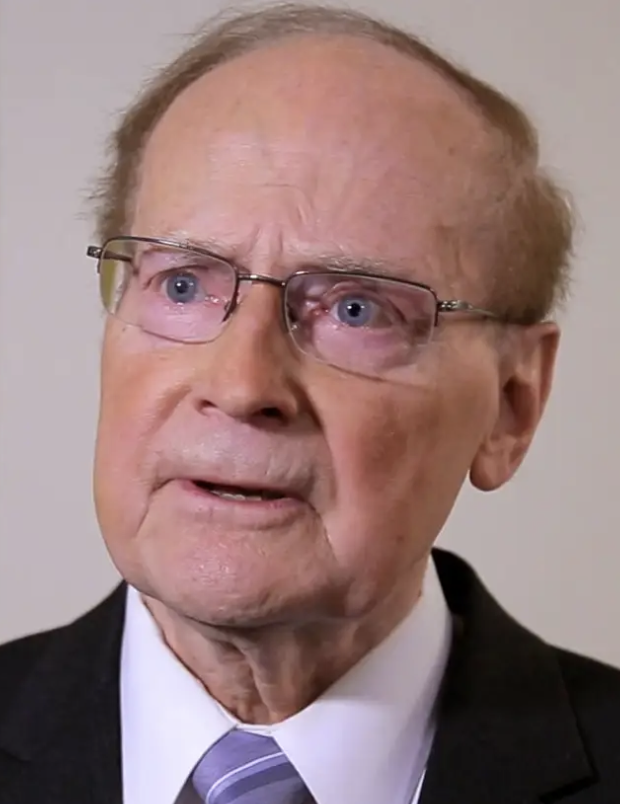Speak With Confidence

How to Motivate Others
Become a more trusted and effective leader! In this 30-minute recorded lesson, you will learn the difference between inspiration and motivation. We will introduce six proven strategies and show you the unique Motivation Matrixthat you can put to use immediately to motivate anyone. Watch it now: https://speechimprovement.com/motivating-others-webinar-video/

Is Authenticity Overrated?
“To thine own self be true” from Shakespeare’s play Hamlet, is one of the most famous quotes from The Bard’s works. The essence of these words has great staying power and meaning, especially now. Applause for authenticity When asked how they’d like to come across in their leadership roles, more clients than ever share that they’d like to be authentic, natural, and genuine. They want to be true to themselves – not phony, fake, put

Paraphrase When Communicating and Coaching Others
Paraphrasing is repeating in your words what you interpret someone else to be saying. Paraphrasing is a powerful approach to furthering the understanding of the other person and yourself and can significantly increase the impact of another’s comments. As coaches, we know paraphrasing is incredibly difficult because we often need to listen deeply, a skill you must purposefully cultivate. Despite appearing attentive, our minds are churning with various thoughts, beliefs, defenses, distractions, and redirections. The

MassBioEd Course: Presenting with Persuasion, Clarity & Strength
Join Robin Golinski, Executive Communication Coach and our partner, MassBioEd on June 13, 2024 from 10:00 AM – 4:00 PM Presenting with Persuasion, Clarity & Strength provides professionals with key skills to comfortably speak in a clear and confident manner. Whether presenting internally or externally, telling your story effectively, delivering meaningful messages, being persuasive, and speaking confidently in a variety of settings takes skill development and practice. The course is taught with role-playing and exercises. “I

Answering Challenging Questions on Your Feet (30 min recorded lesson)
Watch our free, 30-minute recorded lesson When at work, questions are continuously being tossed out to us. At times, We don’t know the answer and feel like we should. We can’t answer the question. We don’t have a good answer. We know the question will cause conflict if we choose to answer it. Anticipating questions can create anxiety, stress, and loss of productivity. There is a way to prepare for these questions so you feel

How Not to Digest the Political Sandwich of Balderdash – Doublespeak – Bullxxxx
Technically speaking, each of these three things is slightly different. Practically speaking, they are all the same in the attempt to confuse, distract, and deceive the reader, listener, buyer, and voter. We all know that each of these verbal tactics is normal behavior for most politicians and slick salespeople. They are prevalent at this time of year—election season. During this political season, when you are facing several important decisions on issues ranging from birth and

Ponderous Prepositions and Prefixes
Nothing is more symptomatic of our declining language skills than the increased misuse of prepositions and prefixes. People today feel compelled to tinker with proper word usage in speech by adding those handy prepositions and prefixes. Take traffic reports, for instance. Traffic on Route 1 is “easing up,” “easing down,” “easing off,” or “easing out,” but never just “easing.” What is “easing up” traffic? Is that when cars levitate? Levitating cars certainly would ease traffic.

Motivating Others
In this 30-minute recorded webinar, you will learn the difference between inspiration and motivation. We will introduce the unique Motivation Matrix and use it to identify the six elements needed to motivate anyone.

Controlling the Impression You Make
What would you like other people to say about you when you are not present? This 30-minute recorded webinar will reveal the six most frequently selected impressions that leaders of countries and companies worldwide find effective.
